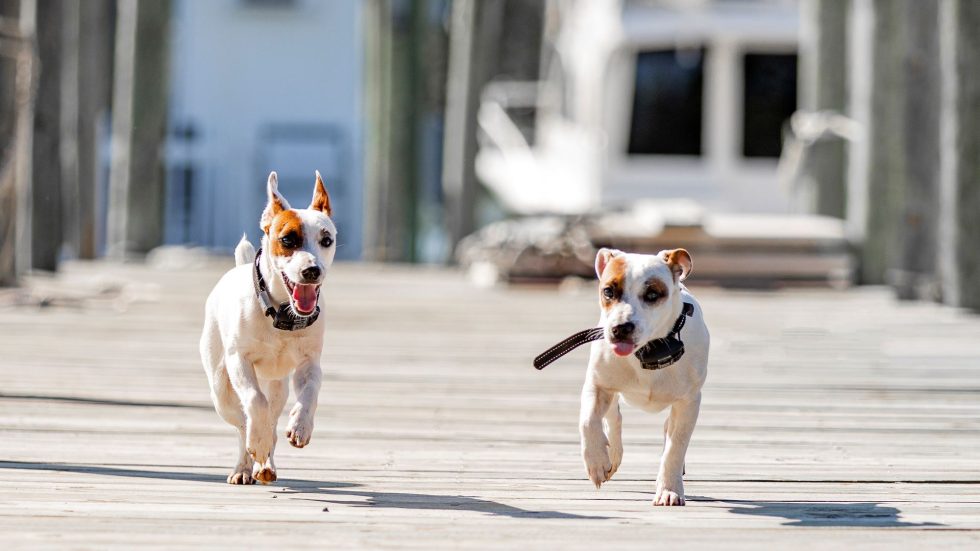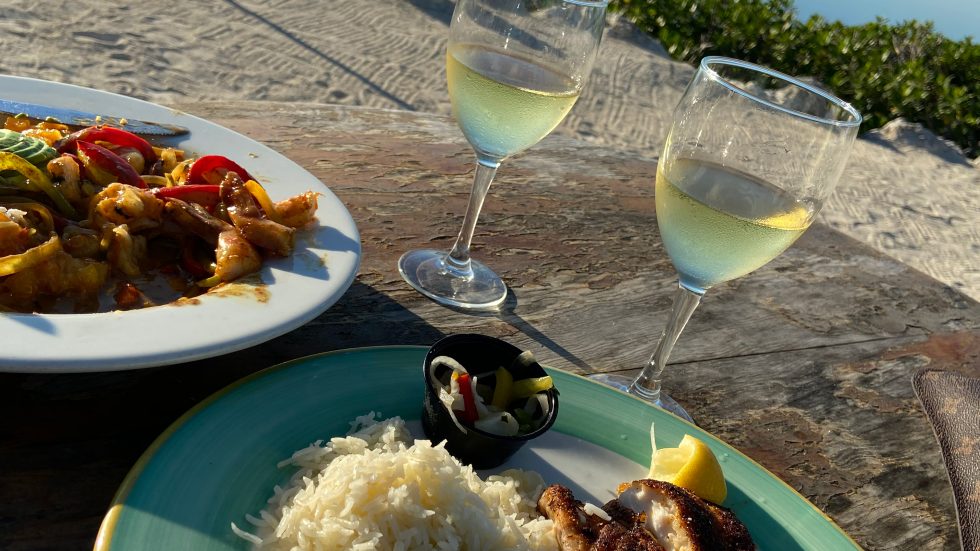The U.S. Coast Guard is beginning to deploy a new generation of aids to navigation (ATONs) that broadcast AIS information to boats — which, in some cases, may come to replace actual physical buoys. Some are criticizing the Coast Guard’s efforts as haphazard and undertaken without due consultation.
While a Coast Guard spokesman, Capt. John Arenstam, told The Waterways Journal the program is proven, not experimental, it is in a public comment phase in which the Coast Guard is actively gathering comments from industry and the interested public, he said.
Some of the new ATONs transmit AIS information themselves, while in other cases, shore stations transmit information that may include overlaying an image of an ATON onto an electronic chart, even though there may not be an actual ATON physically present.
The Coast Guard, said Arenstam, has been working with the International Association of Marine Aids to Navigation and Lighthouse Authorities (IALA), a non-governmental organization that sets international standards for ATON signaling. IALA published its first guidelines on using AIS in 2008 and an update on authorization of AIS ATON in 2011.
The Coast Guard’s Eighth District, which embraces much of the Mississippi River Valley, has already deployed 22 AIS aids to navigation, Arenstam said.
Arenstam distinguished between three types of AIS aids to navigation: 1) What he called “real AIS aid to navigation,” in which an AIS transmitter is located on a physical buoy; 2) a “virtual AIS aid to navigation,” in which a base station ashore transmits an image of a buoy to nautical AIS-based charts, although no physical buoy or other structure is present; 3) and a “synthetic aid to navigation,” in which a buoy is actually present and a signal from a shore station also transmits a virtual image of it overlaid on charts. The Mississippi River has both virtual and synthetic AIS aids to navigation, he said, including some on bridge pilings.
The AIS information signal, which includes information about weather, occupies a range of frequencies to which mariners have to adjust as they move across a waterways like the Gulf Intracoastal Waterway. “We’re working with NOAA [the National Oceanic and Atmospheric Administration], which owns the data, on getting the capability to transmit information about currents and siltage,” said Arenstam.
Onboard AIS systems should acquire those frequencies automatically, he said.
Arenstam said the Coast Guard has been soliciting comments on the use of AIS aids to navigation from a “wide variety” of forums, including local harbor safety and navigation committees, pilot associations and groups like the River Industry Action Committee.
“They’re not in tryout mode, because we know they work,” said Arenstam. The comments the Coast Guard is soliciting have to do with how best to deploy them and which types to use where. “Can virtual ATON replace physical aids? Sometimes the answer may be yes, sometimes it may be no.”
Some are critical of the Coast Guard’s efforts to develop AIS beacons, saying AIS technology is already becoming outdated. Z. Dave Deloach, owner of Deloach Marine Services LLC and a veteran member of many industry advisory committees, told The Waterways Journal, “If you really want to get a feel what the CG is or is not doing, you simply need to Google up electronic navigation and see what efforts are being put forth in the world international scene. You will actually discover that AIS is already an obsolete system and better technology is being put in place already.”
The Coast Guard is holding a series of listening sessions on the use of these systems, with one already held on May in New Orleans. The next one — the only other one on a river location out of 11 sessions — is to be held in Alton, Ill., on June 18, at the Great Rivers Center at the Mel Price Locks & Dam.
The Coast Guard is also developing an online survey tool it says will be ready June 15.
Editor’s note: This article originally appeared in our sister publication, The Waterways Journal.




